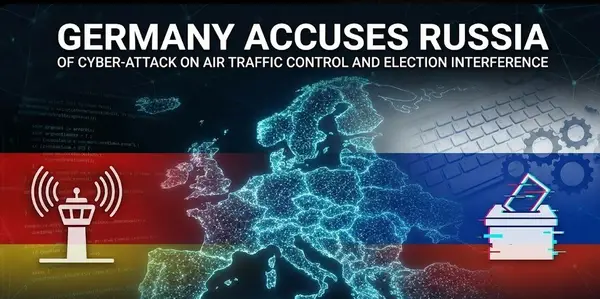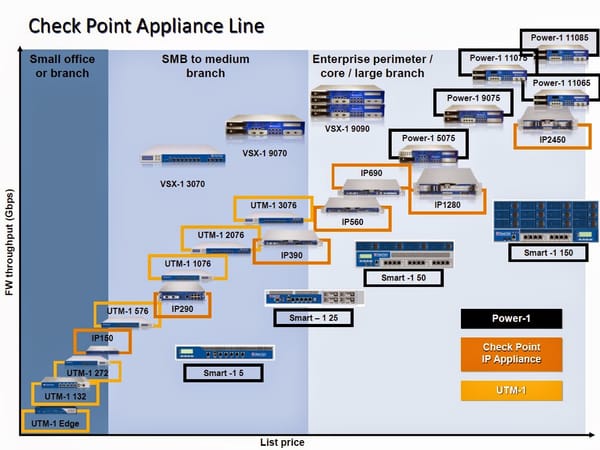Understanding the 2024 Cyber Threat Landscape: Insights for Our Community
We understand that recent events have caused concern and disruption, and we want to be transparent about the broader cybersecurity environment that our company and many others are facing. The "2024 Cybercrime Activity Report" provides valuable insights into the trends and tactics observed throughout the past year, which can help us all better understand the current threat landscape and strengthen our defenses moving forward.
In 2024, the cybercrime landscape saw a significant evolution, marked by an increase in sophisticated attacks, particularly those involving ransomware and infostealer malware. Globally, ransomware attacks affected over 6,000 organizations, representing a 15% increase from the previous year. Similarly, worldwide infostealer infections reached an alarming 39 million cases.
The Critical Role of Infostealers:
A key takeaway from the 2024 trends is the pivotal role that infostealer malware played in facilitating broader cyberattacks, especially ransomware. These malicious programs are designed to steal sensitive information, including login credentials, cookies, and personal data. This stolen data is often sold on dark web markets at a surprisingly low cost, ranging from $1 to $10 per compromised system.
The accessibility and utility of these stolen credentials make infostealers a critical entry point for cybercriminals. By gaining initial access through compromised accounts, attackers can then navigate internal networks, escalate privileges, and ultimately deploy ransomware or exfiltrate valuable data. The report highlights that infostealers have become a core component in successful ransomware and general cyberattacks.
Evolution of Ransomware Tactics:
While traditional ransomware encrypts files and demands a ransom for their recovery, 2024 witnessed a growing trend towards "encryption-less" ransomware attacks, also known as the "breach-extort-leak" model. In these scenarios, attackers focus on exfiltrating sensitive data and then threatening to leak it publicly unless a ransom is paid. This tactic bypasses the complexities of encryption while still causing significant damage to an organization's reputation and operations.
The report also notes an increased emphasis on "leak and shame" tactics, with a larger percentage of victims in 2024 experiencing data leakage even without encryption. This puts immense pressure on organizations to comply with extortion demands to avoid public exposure of sensitive information.
Furthermore, the cybercriminal ecosystem is becoming increasingly collaborative. The trend of "Pass the Parcel" illustrates how access to compromised organizations is sold and transferred between different cybercrime groups, including initial access brokers and ransomware affiliates. This means an organization could be targeted by multiple threat actors at different stages.
Exploiting Known Vulnerabilities and Legitimate Tools:
Cybercriminals in 2024 demonstrated a consistent pattern of exploiting known vulnerabilities, including zero-day vulnerabilities, to maximize their impact before patches are widely implemented. This highlights the importance of timely patching and robust vulnerability management practices.
Additionally, attackers are increasingly abusing legitimate tools such as Remote Monitoring and Management (RMM) software and exploiting vulnerabilities in Managed File Transfer (MFT) systems to gain persistent access and exfiltrate data. The abuse of built-in operating system features like BitLocker for encryption was also observed, making detection and mitigation more challenging.
Emerging Threats: AI and Decentralized Technologies:
The report also sheds light on emerging threats, including the initial forays of cyber adversaries into leveraging artificial intelligence (AI) for malware development and operations. While early attempts showed shortcomings, this trend indicates a future where AI could play a more significant role in cyberattacks.
Another notable development is the abuse of decentralized technologies like smart contracts as Command and Control (C&C) infrastructure and for data exfiltration. This tactic leverages the inherent trust and immutability of blockchain, making detection and disruption more difficult.
Law Enforcement Efforts and the Evolving Landscape:
In response to these evolving threats, law enforcement agencies are increasingly focusing on dismantling the entire cybercrime ecosystem, including dark web marketplaces and financial networks, rather than solely targeting individual actors. The report details numerous international operations in 2024 that led to arrests, infrastructure takedowns, and the disruption of significant cybercrime operations. These efforts, while impactful, also contribute to the adaptive nature of cybercriminals, who may rebrand, form new groups, and seek more resilient infrastructure.
Looking Ahead: Predictions for 2025:
The "2024 Cybercrime Activity Report" offers several key predictions for 2025 that are crucial for all organizations to consider:
- Improved AI-Driven Cybercrime Tactics: Adversaries are expected to refine their use of AI for more sophisticated malware and operations.
- Proliferation of Low-Cost, High-Impact Attacks: The low cost of initial access and infostealer infections will likely lead to an increase in large-scale attacks.
- Increased Cloud Exploitation: As more organizations migrate to the cloud, attacks exploiting misconfigurations are expected to rise.
- Expansion of Leak-Centric Attacks: The breach-extort-leak model will likely become even more prevalent.
- Broader Exploitation of Decentralized Technologies: The use of blockchain and smart contracts for malicious purposes is anticipated to grow.
- Heightened Collaboration Between Law Enforcement and Industry: Partnerships to combat cybercrime ecosystems will likely strengthen.
- Increased Emphasis on Zero-Day Exploitation: Attackers will continue to prioritize exploiting newly discovered vulnerabilities.
- Rise of AI-Driven Social Engineering: More sophisticated phishing and impersonation attacks leveraging AI are expected.
Moving Forward:
Understanding the trends and insights from 2024 is crucial for strengthening our defenses and preparing for the challenges ahead. By acknowledging the evolving tactics of cybercriminals, the importance of proactive security measures, and the need for vigilance against emerging threats, we can collectively work towards a more secure environment.
We are committed to learning from this experience and implementing enhanced security protocols based on these insights and the recommendations of cybersecurity experts. We encourage our community to remain vigilant and informed about the ongoing cyber threats.





